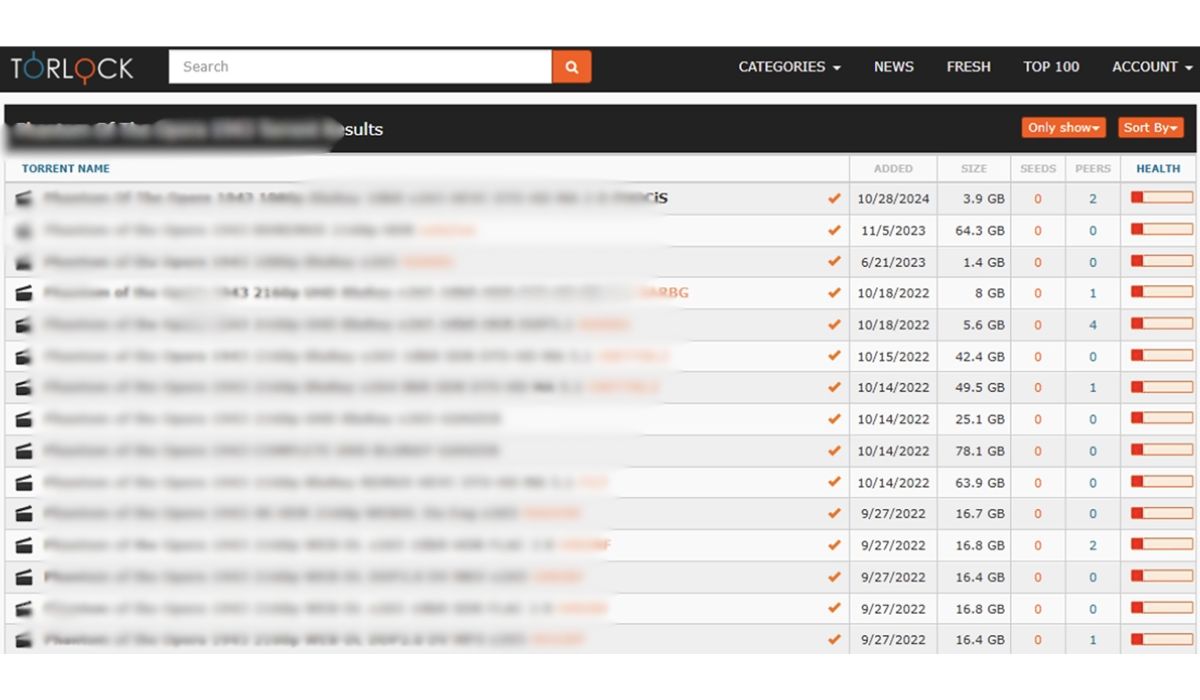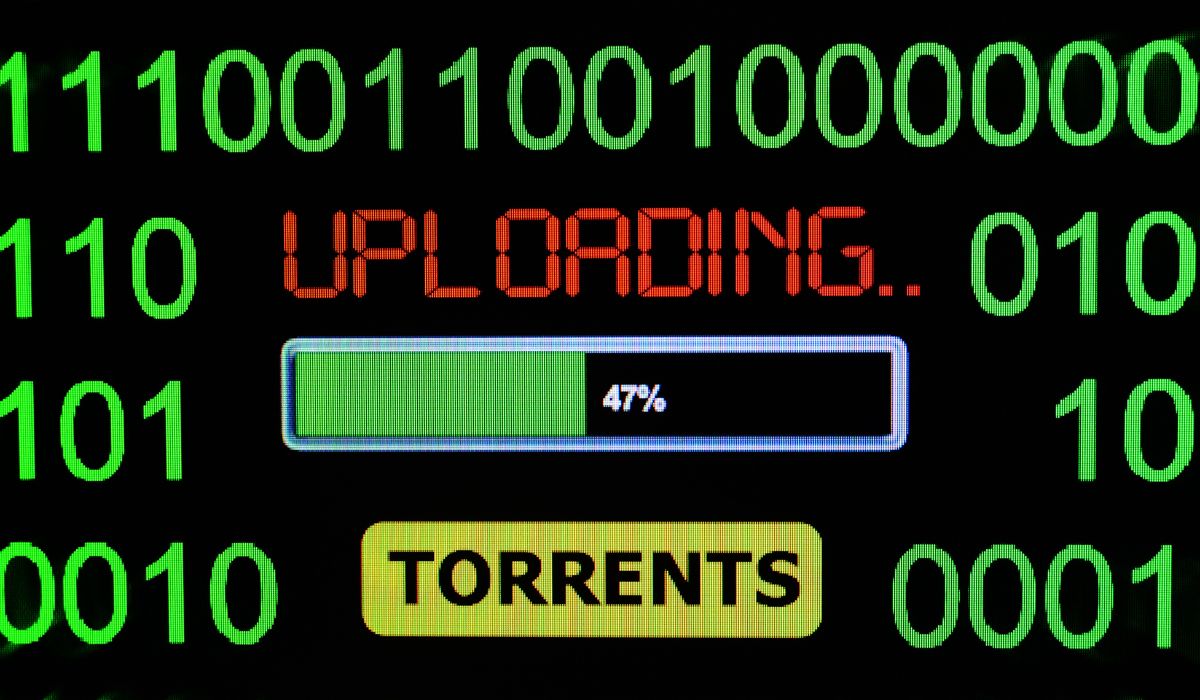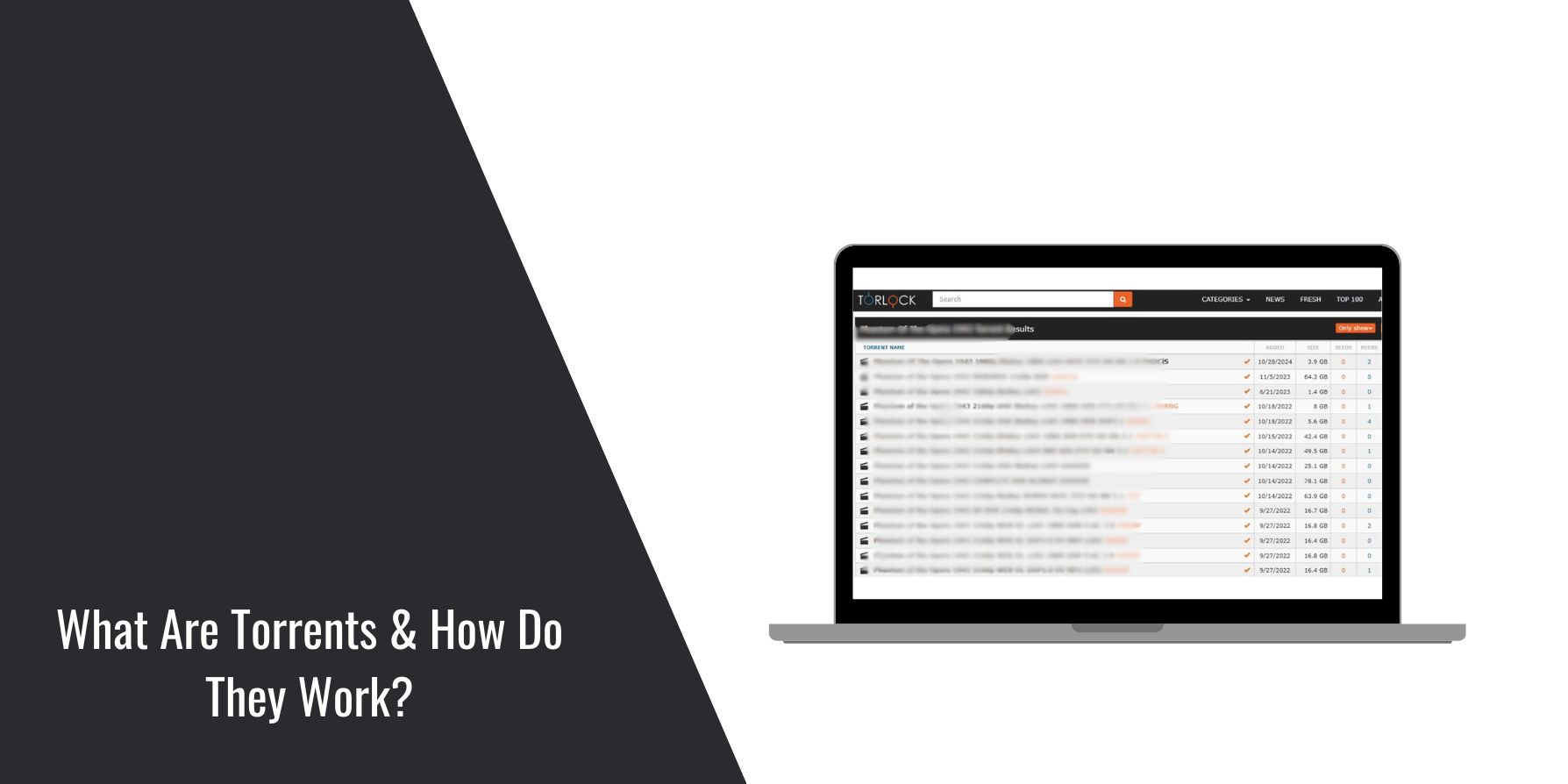If you’ve spent time online, you’ve probably come across the word torrent. For some, torrents sound mysterious or even dangerous. For others, they’re a normal way to share large files. The truth is that torrents are just a type of file-sharing technology, and like many tools, they can be used both legally and illegally. To clear things up, let’s break down what torrents are and how they actually work.
What Is a Torrent?
A torrent is not the actual file you want to download. Instead, it’s a small metadata file with the extension .torrent. This file contains information about the larger content you’re trying to get, such as pieces of a video, software, or document, and instructions on how to find them.
In addition to torrent files, many sites now use magnet links. These links point directly to the content without needing a separate torrent file. When opened in a torrent client, they connect you to others sharing the same data.
How Do Torrents Work?

Torrents run on the BitTorrent protocol, which is a peer-to-peer (P2P) system. Instead of downloading a file from one server, torrents split that file into smaller pieces and share it across many users.
Here’s how it works:
- Seeders are people who have the complete file and are sharing it.
- Leechers are people still downloading the file while also uploading parts they already have.
- Together, they form what’s called a swarm.
- Trackers help coordinate these connections so your torrent client knows where to find the pieces.
This system makes file sharing faster and more efficient, since you’re downloading from multiple sources at once.
Torrents vs Direct Downloads
A regular download pulls a file from a single server. If that server is slow or goes offline, your download fails. Torrents solve this problem by pulling small pieces of the file from many different users at the same time.
This makes torrents:
- Faster when many people are seeding.
- More reliable since missing pieces can come from multiple peers.
- Decentralized, so there’s no single point of failure.
The downside is that torrenting depends on how many seeders are available. Fewer seeders mean slower downloads or files that won’t finish at all.
Torrent Clients: How to Use Them
To download torrents, you need a torrent client. This is a program that manages connections, downloads, and uploads. Popular clients include:
- qBittorrent (free and open-source)
- uTorrent
- BitTorrent
- Transmission (popular on macOS and Linux)
Once installed, you open a .torrent file or magnet link in the client, and it begins downloading the file piece by piece while also uploading to others.
Are Torrents Legal?

The technology behind torrents, the BitTorrent protocol, is entirely legal. It was created as a smart way to share large files quickly and efficiently without relying on a single server. Many organizations rely on it because it reduces strain on their systems and makes downloads faster for users.
A notable example is the Linux distribution Ubuntu. Instead of hosting huge installation files on one server, they make them available as torrents. This allows thousands of people to download simultaneously without slowing everything down. Similarly, open-source projects often release updates through torrents to reduce costs and distribute files more efficiently. Torrents are also used to share public domain content, including older movies, music, and books that are freely available for download.
Where torrents become controversial is with piracy. Many people use torrent sites to download or share copyrighted material, including movies, TV shows, games, and software, without permission. In those cases, it’s illegal. The critical thing to understand is that torrents themselves are not unlawful. The legality depends entirely on what content you choose to download or share.
Risks of Using Torrents
While torrents are useful, they come with risks if you’re not careful:
- Malware and viruses can be hidden inside pirated or fake files.
- ISP monitoring may lead to warnings, fines, or slowed internet speeds.
- Privacy risks occur because torrenting exposes your IP address to everyone in the swarm.
- Fake torrents and scams are common on unverified sites, often tricking users into downloading harmful software.
- Legal consequences can happen if you share or download copyrighted content without permission.
- Data leaks are possible if your personal information is exposed through unsafe torrent clients or unsecured connections.
- Poor file quality is another risk, as many pirated torrents contain broken or incomplete media.
How to Stay Safe While Torrenting
If you plan to use torrents, the safest approach is to stick with legal downloads from trusted sources. Many open-source projects and public domain archives use torrents to distribute files, and these are generally safe to access. Pairing this with reliable antivirus software adds another layer of protection, since it can catch harmful files that may slip in from less secure sources.
For users who want to protect their identity, a VPN (Virtual Private Network) is also important. It hides your IP address from other peers in the swarm and prevents your ISP from monitoring your activity. Combined, these steps make torrenting much safer, whether you’re downloading a Linux ISO or any other large legal file.
Final Thoughts
Torrents are simply a file-sharing method that uses the BitTorrent protocol. They’re not good or bad on their own — it all depends on how you use them. Legal torrents are a practical way to share large files quickly, while piracy brings risks you’ll want to avoid.
Understanding how torrents work helps you make smart choices, whether you’re downloading open-source software, exploring public domain content, or just curious about the technology behind peer-to-peer sharing.



